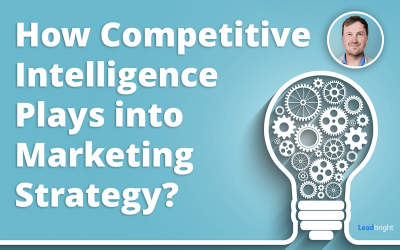My Own 10 Tips on Leading and Implementing Product Marketing Strategy
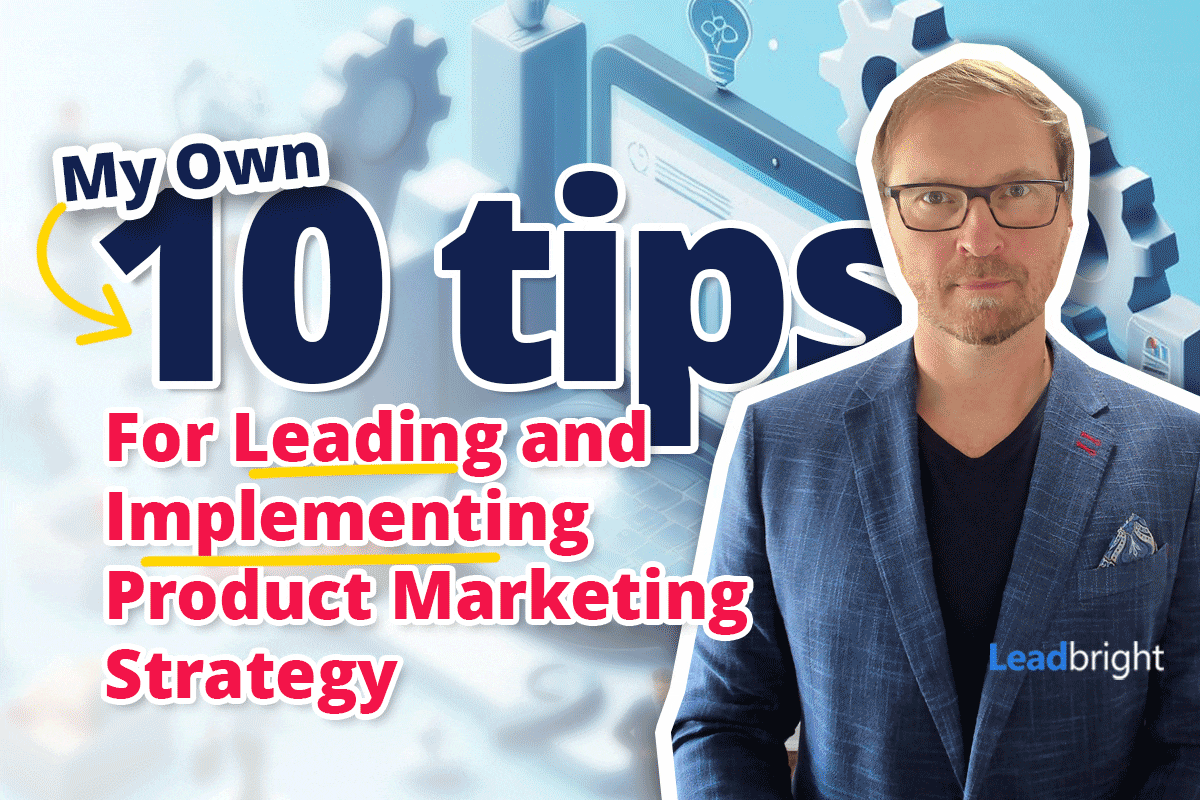
Key Takeaways
- Leverage data analytics and digital technologies to enhance campaign effectiveness.
- Define target market based on demographics, psychographics, and behaviors.
- Collaborate with different teams to ensure sales enablement strategies align with product value proposition.
- Continuously analyze and optimize marketing performance to achieve desired results.
- Implement cutting edge digital marketing tools such as Leadbright’s LOOP
Tip 1 – Understanding the Concept of Product Marketing Strategy
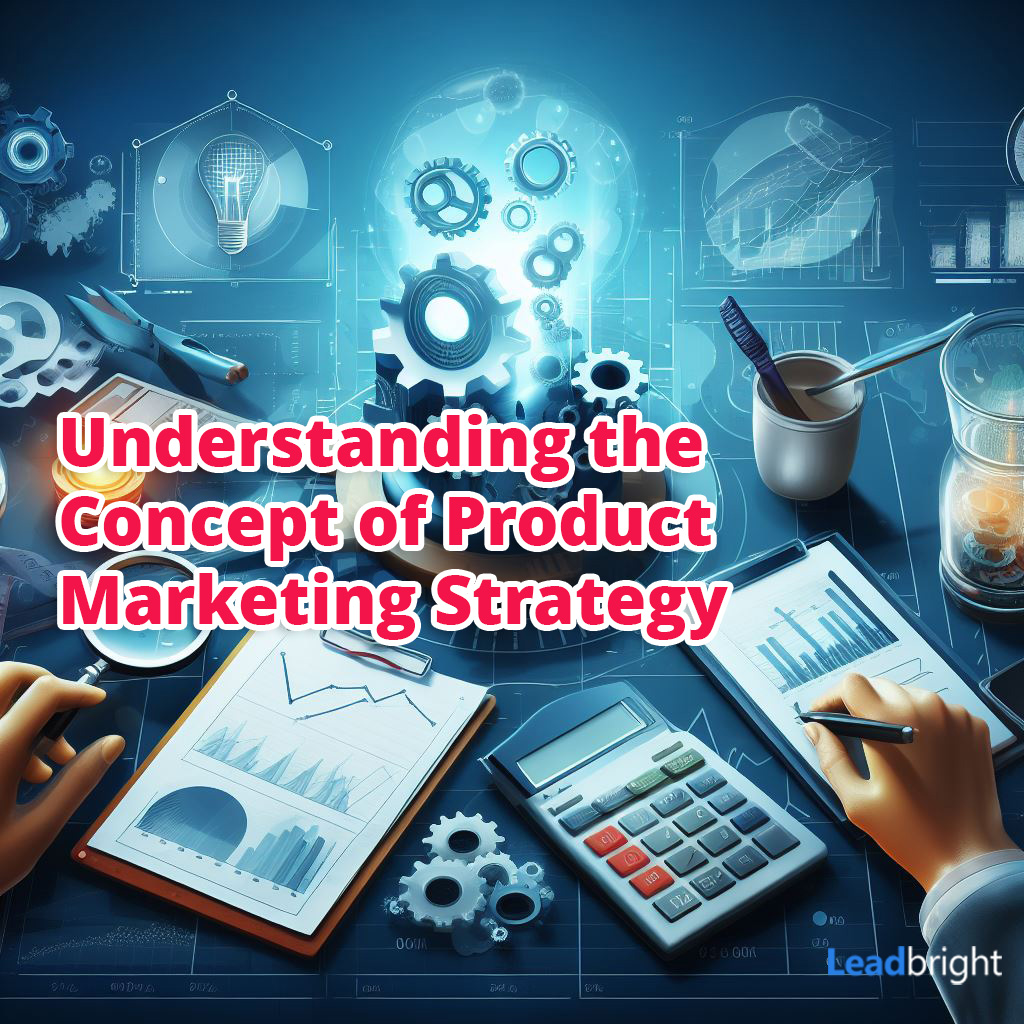
While I’m diving deeper into understanding the concept of product marketing strategy, it’s crucial that I leverage data analytics and digital technologies to enhance our campaigns’ effectiveness. The first step is understanding the product inside out. I need to comprehend what it does, what problems it solves, and how it benefits the users. This knowledge forms the basis of our entire marketing strategy.
Next, defining the target market is key. I’m not just talking about demographics, but also psychographics and behaviors. Understanding their pain points, desires, and behaviors helps in customizing the marketing strategy to resonate with them.
Formulating the value proposition is the core of our product marketing strategy. This is where I highlight the unique benefits of our product, and why it’s a better choice compared to our competitors. It’s a promise of value to be delivered, that’s unique and different from our competition.
Crafting messaging and positioning is where creativity meets strategy. The messaging should communicate our value proposition in a compelling and persuasive manner. It’s about positioning our product in a way that it stands out in the crowded marketplace.
Lastly, the go-to-market strategy is the action plan. It outlines the steps we’re going to take to reach our target market and convince them to buy our product. It includes selecting the right marketing channels, planning marketing campaigns, and setting sales goals.
All in all, understanding the product marketing strategy is a blend of analytical and creative thinking. It’s about making informed decisions based on data, understanding our customers, and crafting persuasive messages that resonate with them.
Tip 2 – The Role of a Leader in Product Marketing Strategy
I’m focusing on guiding the team in developing a robust product marketing strategy, and ensuring that our efforts align with our overall business objectives. This involves a lot of collaboration and feedback from different teams. It’s crucial that we all pull in the same direction, so the sales enablement strategies we develop are in line with the product’s unique value proposition.
When it comes to measuring success, I’m a firm believer in setting clear, quantifiable goals. This doesn’t mean just tracking revenue, but other key performance indicators like customer acquisition cost, lifetime value, and churn rate. These metrics provide a holistic view of our marketing effectiveness and help identify areas for optimization.
From a CMO point of view, make sure to read my article on how AI-enabled CMOs can boost business.
Feedback plays an essential role in our strategy. It helps us understand what’s working and what’s not, and provides insights into how we can improve. I always encourage my team to share their thoughts and ideas, creating an environment where everyone feels their input is valued.
Optimization is an ongoing process. We’re constantly analyzing data, testing new approaches, and refining our tactics. We can’t afford to rest on our laurels in this fast-paced market. Don’t forget competitive intelligence!
Sales enablement is another key aspect of our strategy. It’s all about equipping our sales team with the knowledge and tools they need to effectively sell our product. This involves creating sales collateral, conducting product training, and providing ongoing support.
Tip 3 – Essential Steps to Design Your Product Marketing Strategy
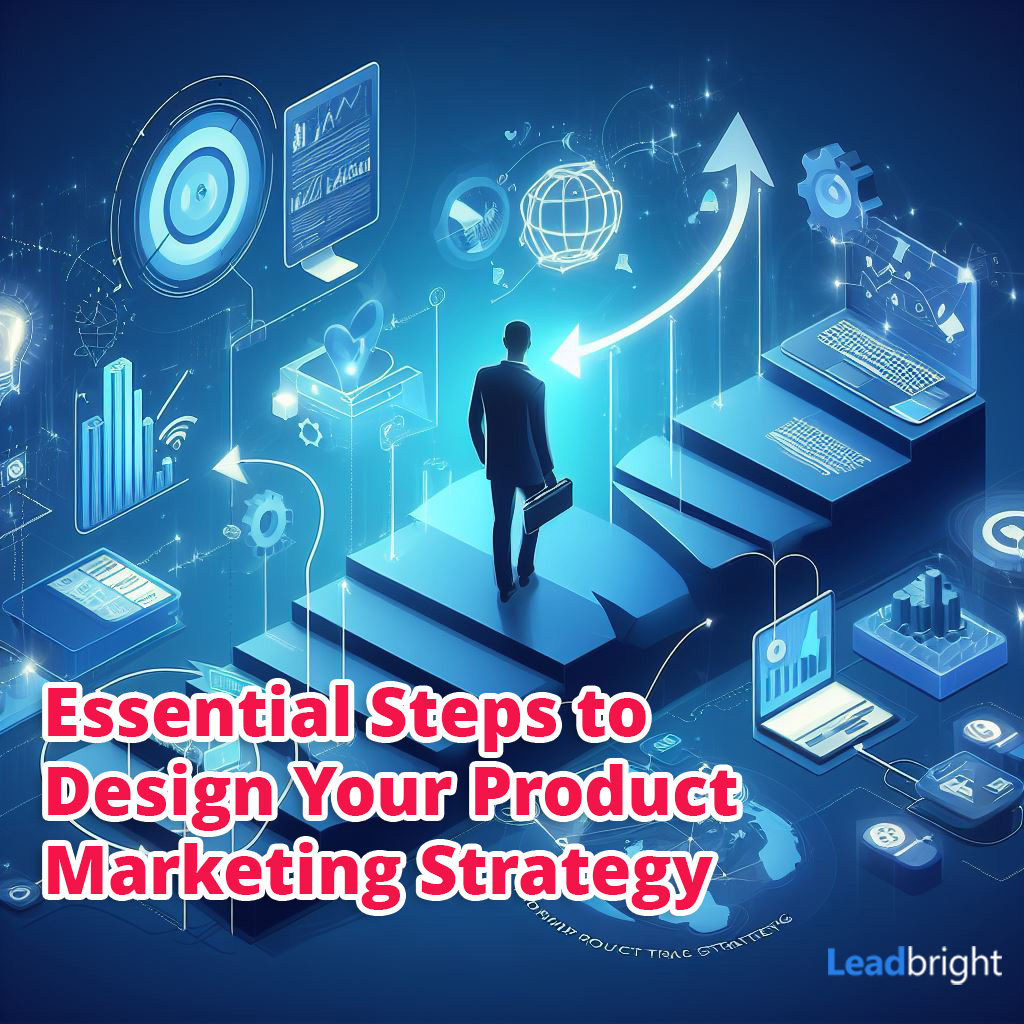
In order to design an effective product marketing strategy, it’s critical to first conduct comprehensive market research, a step that can’t be overlooked. I’d delve into understanding the market landscape, competitors, and our target audience’s needs. I’d analyze the data to provide insights that can shape our product’s positioning and messaging.
Once I’ve gathered sufficient data, I’d define our target audience. It’s essential to know who we’re speaking to, what they value, and how our product fits into their lives. This isn’t a one-time task. I’d consistently revisit and revise our audience personas as we learn more about them and as the market evolves.
Next, I’d collaborate with the product development team to ensure that our product is designed to meet our audience’s needs. It’s not enough to market a product effectively; the product itself must deliver on the promises we make.
I’d also work closely with the sales team to develop compelling sales materials and to ensure that they’re equipped to communicate the product’s value proposition effectively.
Lastly, I’d continually measure the success of our marketing efforts, using key performance indicators to understand what’s working and what isn’t. This would allow me to adjust our strategy as necessary, in an informed and effective way.
Tip 4 – Efficient Techniques for Implementing Your Product Marketing Strategy
I’ve found that the use of a well-crafted roadmap is an efficient technique for implementing a product marketing strategy, as it aligns all stakeholders and provides clear direction on necessary steps. This roadmap should not only detail the key activities but also define the roles and responsibilities of each team member. It’s a way to keep everyone on the same page and ensure that the strategy is executed as planned.
In my experience, using a data-driven approach is paramount. I’m a big believer in “what gets measured gets managed.” Therefore, I always ensure that all my initiatives are backed by data and insights. I constantly track our performance against set goals and adjust the strategy as necessary. This approach allows us to identify what’s working and what’s not, and make informed decisions.
Furthermore, I’ve found collaboration to be key in implementing a successful product marketing strategy. It’s important to foster a culture of collaboration where every team member feels valued and heard. This way, we not only tap into a diverse range of ideas and skillsets but also ensure that everyone is working towards the same goal.
Lastly, I’ve found that staying abreast of the latest marketing trends and technologies is vital, see our LOOP. The digital landscape is ever-evolving, and we need to continuously innovate to stay ahead. I always keep an eye out for new tools and platforms that can help us engage our audience better and deliver a superior customer experience.
Tip 5 – Monitoring and Evaluating Your Product Marketing Performance

Monitoring and evaluating our product marketing performance is crucial, and I’d use a combination of key performance indicators and customer feedback to assess our success. I’d focus on metrics like customer acquisition cost, customer lifetime value, and conversion rates to measure the effectiveness of our marketing initiatives.
However, numbers alone can’t provide the whole picture. I’d also delve into qualitative data through customer surveys and reviews to gain insights into our product’s strengths and areas for improvement. This feedback will not only help me understand how our customers perceive our product but also guide us in refining our marketing strategy and messaging.
I’d also ensure regular reviews of our marketing performance. These reviews, conducted monthly or quarterly, will help us keep track of our progress and make necessary adjustments promptly. If a particular marketing campaign isn’t delivering the desired results, we can quickly identify and rectify the issues.
Additionally, I’d leverage marketing automation tools to streamline our processes and make data-driven decisions. These tools can help us track our key metrics, automate repetitive tasks, and provide actionable insights, all of which can significantly improve our marketing efficiency.
Lastly, I’d foster a culture of continuous learning and improvement within our marketing team. By regularly sharing our successes and failures, we can learn from each other and improve our marketing tactics. After all, the key to successful marketing lies in our ability to adapt and evolve in response to market trends and customer needs.
Tip 6 – Adapting Your Product Marketing Strategy to Market Changes
Adjusting my product marketing strategy to reflect market changes always involves a keen eye on customer behavior and a flexible mindset. I’m always ready to pivot, adapt, and evolve, understanding that what worked yesterday may not necessarily work today.
As market dynamics shift, so too do the preferences and needs of my customers. I’ve found that staying abreast of industry trends, emerging technologies, and changes in consumer behavior is crucial. I’m not afraid to question assumptions, challenge the status quo, and experiment with new approaches. I believe this adaptability is key to staying competitive and relevant in an ever-evolving marketplace.
I often employ robust analytics tools and techniques to monitor and evaluate the performance of my marketing initiatives. This data-driven approach allows me to spot trends, identify opportunities, and make informed decisions. I can then refine and optimize my strategies, ensuring they’re aligned with current market realities.
Moreover, I’m a firm believer in the power of collaboration. I work closely with cross-functional teams, leveraging their unique insights and expertise to enhance our marketing efforts. This collaborative approach fosters a culture of shared ownership and collective success.
Finally, I’m committed to continuous learning and improvement. I’m always seeking out new ideas, insights, and best practices that can enhance my product marketing strategy. I’m eager to learn from others, share my knowledge, and contribute to the broader marketing community.
Tip 7 – Importance of Team Collaboration in Product Marketing

In my experience, team collaboration’s critical role in product marketing can’t be overstated as it ensures a unified approach and fosters creativity. I encourage cross-functional approach to activate creative thinking. Having different perspectives can ignite innovative ideas, and it’s this diversity that often leads to a breakthrough. It’s not just about bouncing ideas off each other; it’s about creating a synergy where the collective output is greater than the sum of individual efforts.
A unified team can quickly adapt to changing market conditions, pivot strategies, and execute campaigns more efficiently. When everyone’s on the same page, it reduces confusion, enhances productivity, and creates a more coherent brand message. It’s like a well-oiled machine where every part works in harmony to achieve the desired outcome.
But collaboration doesn’t just happen; it’s cultivated. I’ve found that open communication, trust, and respect are essential elements. It’s about fostering an environment where everyone feels valued and heard. It’s about setting clear expectations and providing the tools and resources necessary for people to excel in their roles.
Moreover, collaboration in product marketing isn’t limited to internal teams. It extends to customers, partners, and stakeholders. Their feedback and insights are invaluable in refining our marketing strategies and product offerings. It’s a continuous loop of learning and improvement.
Tip 8 – Utilizing Digital Platforms for Product Marketing
While I’m a firm believer in traditional marketing methods, I can’t deny that using digital platforms for product marketing has become an absolute necessity in today’s tech-savvy world. It’s like a vast ocean with various channels and tools that offer an unprecedented opportunity to reach a broader audience, engage with them more effectively, and, ultimately, drive business growth.
As a marketer, I’ve seen firsthand how leveraging digital platforms can amplify our marketing efforts. Social media, for instance, isn’t just a platform for sharing content; it’s a potent tool for fostering meaningful conversations and building relationships with our customers. Email marketing, on the other hand, allows us to deliver personalized messages right to our customers’ inboxes, increasing the chances of conversion.
Moreover, I can’t stress enough the importance of SEO in a product marketing strategy. By optimizing our website and content, we can improve our visibility on search engines, attract more organic traffic, and increase our chances of turning visitors into customers. My LOOP approach is the most advanced approach to organic marketing strategy.
Digital analytics tools are also indispensable. They provide valuable insights into customer behavior, helping us understand what works and what doesn’t in our marketing campaigns. This data-driven approach enables us to continually refine our strategies and make smarter decisions.
In short, digital platforms, when used strategically, can propel our product marketing efforts to new heights. It’s not just about being online; it’s about being where our customers are, speaking their language, and offering them value. And that, to me, is the true essence of effective product marketing.
Tip 9 – Case Studies of Successful Product Marketing Strategies
I’m currently studying several case studies of successful product marketing strategies to better understand how various companies have effectively positioned and promoted their products. It’s a fascinating process, peeling back the layers of strategic thinking, creative execution, and measurable results that define these success stories.
One obvious case that particularly stands out is Apple’s ever changing marketing strategy for the iPhone. Apple has expertly positioned the iPhone as a premium product, creating a sense of exclusivity and desirability around it. They’ve done this by focusing on the product’s unique features in their marketing content, using emotive storytelling to highlight the iPhone’s sleek design, intuitive user interface, and innovative technology. I’m impressed by the way Apple’s marketing strategy has consistently reinforced their brand image and created a loyal customer base.
Another compelling example is Dove’s “Real Beauty” campaign. Instead of promoting their products’ functional benefits, Dove chose to challenge societal beauty standards and promote body positivity. This emotionally resonant campaign not only raised Dove’s brand profile but also sparked a global conversation about beauty, making it a powerful example of cause marketing. Focus on the benefits and why your client is at a disadvantage without your product.
I’m was also intrigued by Nike’s product marketing strategy. By partnering with influential athletes and leveraging the power of storytelling, Nike has built a strong brand identity that resonates with their target audience. I recommend watching the Nike movie “AIR”.
Through these studies, I’m gaining a deeper understanding of how successful product marketing strategies are crafted and executed, which I’ll use to inform my own strategic decisions.
Tip 10 – Continuous Improvement and Innovation in Product Marketing Strategy
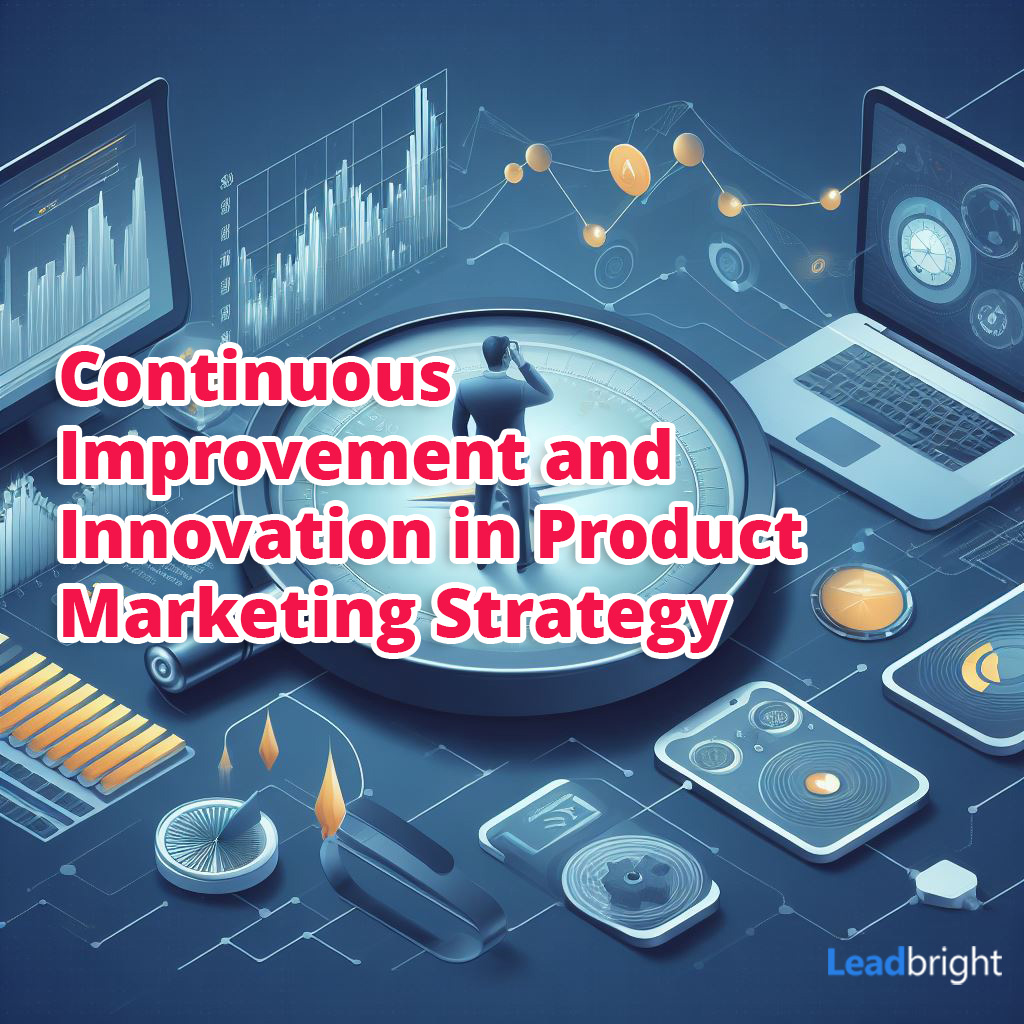
Harnessing the power of innovation, I’m focusing on continuous improvement in our product marketing strategy to ensure we’re always staying ahead of market trends and customer needs. I’m not just content with the status quo; I’m constantly looking for new and innovative ways to elevate our product’s position in the marketplace.
To do this, I’m leveraging advanced analytics to gain deeper insights into our customers’ behaviors and preferences. This data isn’t just numbers; it’s a roadmap to better decision-making, helping me pinpoint areas where we can enhance our marketing efforts. We’re talking about more than just tweaking a few ad campaigns here. We’re looking at a ground-up reassessment of how we position, promote, and push our product.
I also believe in the power of collaborative innovation. I’m working closely with our product, sales, and customer success teams to ensure we’re aligned in our goals and strategies. By fostering an environment of open communication and mutual respect, I’m confident that we can collectively come up with fresh, effective approaches to marketing our product.
But innovation isn’t just about new ideas; it’s about ensuring those ideas yield tangible results. That’s why I’m committed to tracking and measuring the success of our initiatives, fine-tuning our strategy based on what works and what doesn’t.
In the end, it’s about creating a cycle of continuous improvement, where innovation fuels growth, and growth fuels further innovation. And I’m excited to lead the charge in this ongoing journey of marketing excellence.
Conclusion
In conclusion, leading and implementing a successful product marketing strategy requires understanding your market, fostering team collaboration, and leveraging digital platforms. It’s vital to monitor performance and continually innovate. Remember, a well-executed strategy is rooted in data-driven decisions. So, keep analyzing and adjusting. Armed with these tips, you’re now equipped to craft and execute an effective product marketing strategy, driving your company’s growth to new heights. Keep learning, keep growing!


